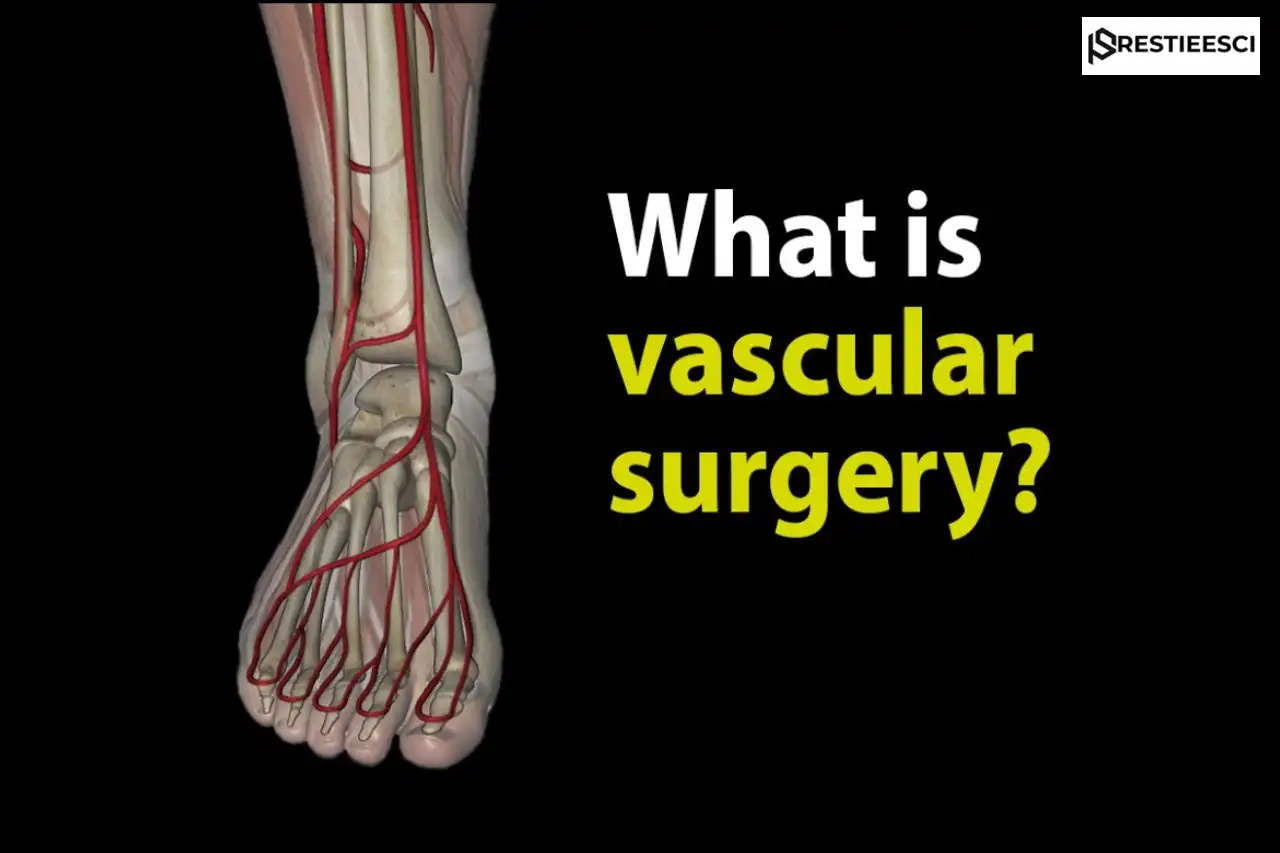Understanding Vascular Surgery and Its Treatments for Vascular Conditions
Vascular surgery is a specialized branch of medicine that focuses on the treatment of conditions affecting the blood vessels of the circulatory system. It involves surgical procedures that address various vascular disorders, ensuring the proper flow of blood throughout the body. In this article, we will delve into the world of vascular surgery, its significance, and the common conditions it typically treats.
What is Vascular Surgery?
Vascular surgery is a surgical specialty that deals with the management of blood vessels, arteries, veins, and lymphatic systems. Vascular surgeons are highly trained medical professionals who possess extensive expertise in diagnosing and treating conditions that affect the circulatory system. They use both traditional open surgical techniques and minimally invasive procedures to address a wide range of vascular diseases.
Conditions Treated by Vascular Surgery
- Peripheral Artery Disease (PAD): PAD occurs when there is a buildup of plaque inside the arteries, narrowing the blood vessels that supply oxygen-rich blood to the limbs, usually the legs. This can lead to pain, numbness, and even tissue damage. Vascular surgery aims to restore blood flow to the affected area, often through procedures such as angioplasty or bypass surgery.
- Aortic Aneurysms: An aortic aneurysm is a bulge or swelling in the aorta, the main artery that carries blood from the heart to the rest of the body. Vascular surgery can involve repairing the weakened aortic wall through open surgery or using endovascular stent grafts to reinforce the artery and prevent rupture.
- Carotid Artery Disease: Carotid arteries supply blood to the brain. When they become narrowed or blocked due to a buildup of plaque, it can lead to a stroke. Vascular surgery can involve carotid endarterectomy, where the surgeon removes the plaque, or carotid artery stenting, where a stent is placed to widen the artery and improve blood flow.
- Deep Vein Thrombosis (DVT): DVT occurs when a blood clot forms in one of the deep veins of the body, often in the legs. Vascular surgery can be used to remove the clot or insert a filter into the vein to prevent clots from reaching the lungs (pulmonary embolism).
- Varicose Veins: Varicose veins are enlarged and twisted veins that commonly occur in the legs. Vascular surgery can involve procedures such as sclerotherapy or endovenous laser treatment to close off and shrink the affected veins, improving both appearance and symptoms.
- Renal Artery Stenosis: This condition involves the narrowing of the arteries that supply blood to the kidneys. Vascular surgery may be necessary to restore proper blood flow and prevent kidney damage.
- Thoracic Outlet Syndrome (TOS): TOS occurs when nerves and blood vessels become compressed as they pass through the thoracic outlet (area between the collarbone and first rib). Vascular surgery can alleviate pressure and improve circulation.
- May-Thurner Syndrome: Also known as iliac vein compression syndrome, this condition occurs when the left iliac vein is compressed by the right iliac artery, leading to blood clots in the left leg. Vascular surgery can involve venous stenting to open up the narrowed vein and restore blood flow.
- Lymphedema: Lymphedema is a condition characterized by swelling in the arms or legs due to a compromised lymphatic system. Vascular surgeons may perform lymph node transfer or lymphaticovenous anastomosis to improve lymphatic drainage and reduce swelling.
- Atherosclerosis: Atherosclerosis is the hardening and narrowing of the arteries due to plaque buildup. Vascular surgery may involve removing the plaque through endarterectomy or bypassing the affected artery to improve blood flow.
Conclusion
Vascular surgery plays a crucial role in the treatment of various vascular conditions, ranging from minor varicose veins to life-threatening aneurysms. By employing both traditional and minimally invasive techniques, vascular surgeons aim to restore blood flow, relieve symptoms, and prevent serious complications. If you or a loved one is experiencing symptoms related to vascular issues, seeking prompt medical attention and consultation with a vascular surgeon can make a significant difference in ensuring proper diagnosis and appropriate treatment. Remember, maintaining a healthy lifestyle, including regular exercise and a balanced diet, can also contribute to reducing the risk of vascular conditions and improve overall circulatory health.

